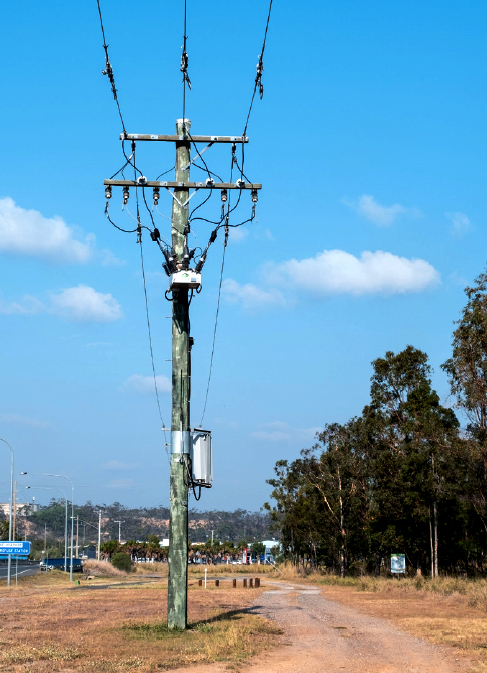#42 Marcela St., Damong Maliit, Brgy. Nagkaisang Nayon, Novaliches, Quezon City 1125, Metro Manila, Philippines

Once you have achieved the operational deployment of feeder reclosing, delivering this 80% reduction of outages, we can begin to look at automation techniques to capture the remaining 20% on offer.
Like our evolutionary network reliability model, we can also consider a evolutionary approach for Smart Grid Automation techniques. We begin with a simple auto changeover scheme, and progress through increasingly complex implementations that can offer improved reliability.
Likewise, when implementing smart grid automations, it is generally more beneficial to successfully execute the simpler automation schemes and share the reliability success and learning with your organization, before progressing to higher levels of automation.
What is a Smart Grid:
The concept of a Smart Grid is essentially the application of automation logic to the power distribution system. Most network protection devices today, relays and reclosers, are controlled by microprocessors with communications capabilities. A “Smart Grid” is an automation among all these devices to automatically switch the network to achieve performance improvements. Some automation goals include:
These are admirable benefits, but they required considered engineering. An emergent problem is that badly executed smart grids usually underperform basic reclosing alone. Therefore, it’s important to understand the scope and objectives of a smart grid project to facilitate careful engineering decisions.
Types of Smart Grid Automation
In order of increasing complexity, Distribution Network Automation techniques include:
For a comprehensive summary of increasing degrees of automation including benefits and drawbacks, we’ve assembled a tour of these implementations in the following free whitepaper.

At a high level, it is important to note that some schemes do not rely on communications to be implemented. Accordingly, these make for strong organizational learning cases of automation without requiring complex communications implementations.
Progressing down the list, communications are gradually introduced to the schemes to allow the sharing of information between control devices. This enables interlocks and a reduction of fault re-energisation risks, which should be evaluated against the increased complexity of communications infrastructure.
An interesting additional note is that some of these schemes can be built using a single product. The Auto-Changeover systems mentioned are used for managing two incoming supplies for a critical load, such as a hospital or transport infrastructure. NOJA Power’s GMK product can be provided with two reclosers connected in an ACO scheme, allowing the single device to manage the two supplies and the automation.
Conclusion
“Many of our customers begin their smart grid automation journey by deploying our reclosers in series on all of their overhead feeders to immediately get their 80% reliability gain,” reports NOJA Power Group Managing Director Neil O’Sullivan.
“They then continue the journey to remote control those reclosers, which is as simple as inserting a sim card into our RC15 and RC20 products today. They then complete the journey by adding automation that is normally done in a step by step process over more than a decade. At present, our most advanced customers operate and maintain fully automated systems.”
Smart Grid Automation offers distribution network engineers an opportunity to capture the remaining 20% of reliability improvements left behind after implementing reclosing schemes. Similar to our model of evolving network reliability, degrees of smart grid automation offer increasing performance with increasing complexity.
For more information, visit www.nojapower.com.au